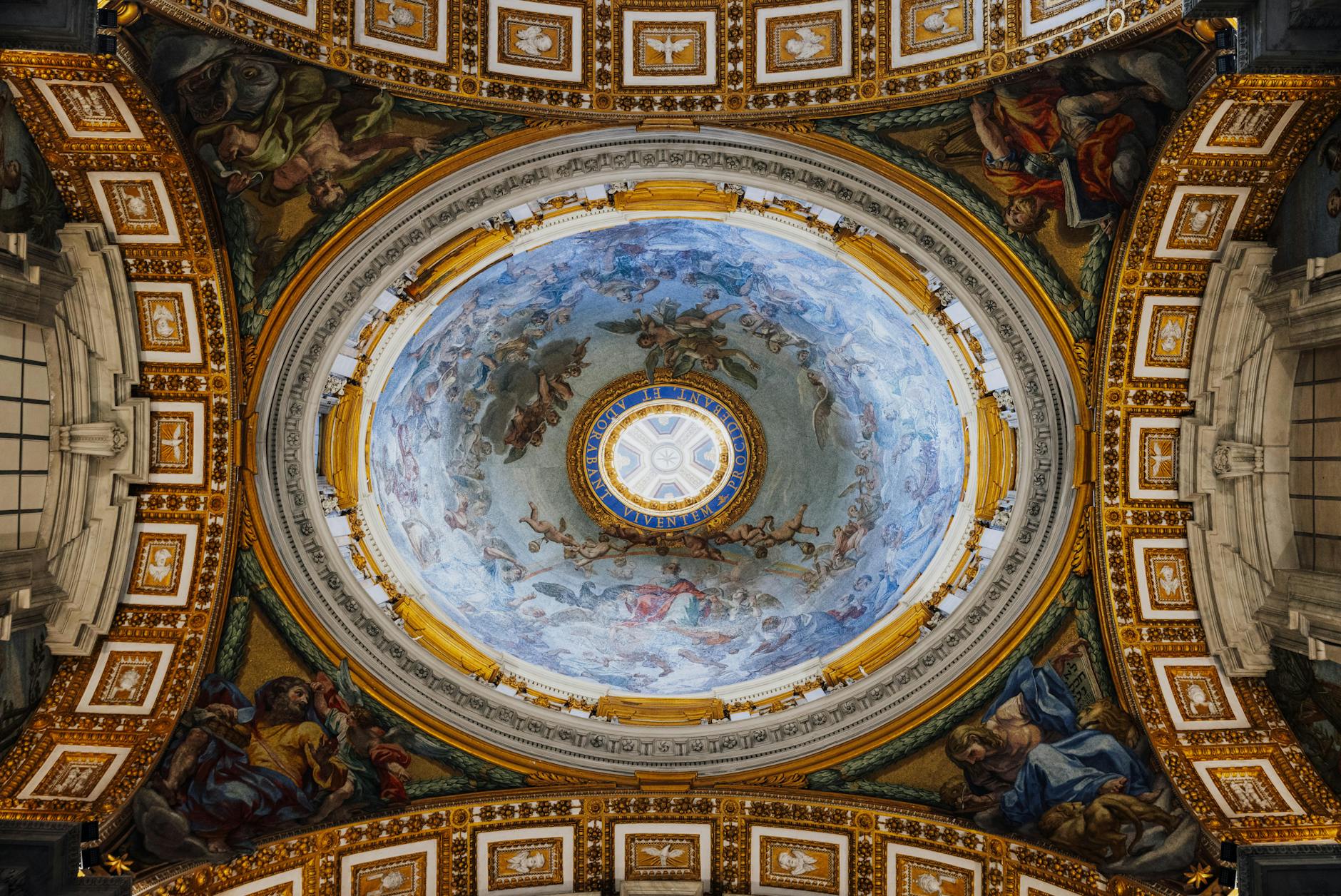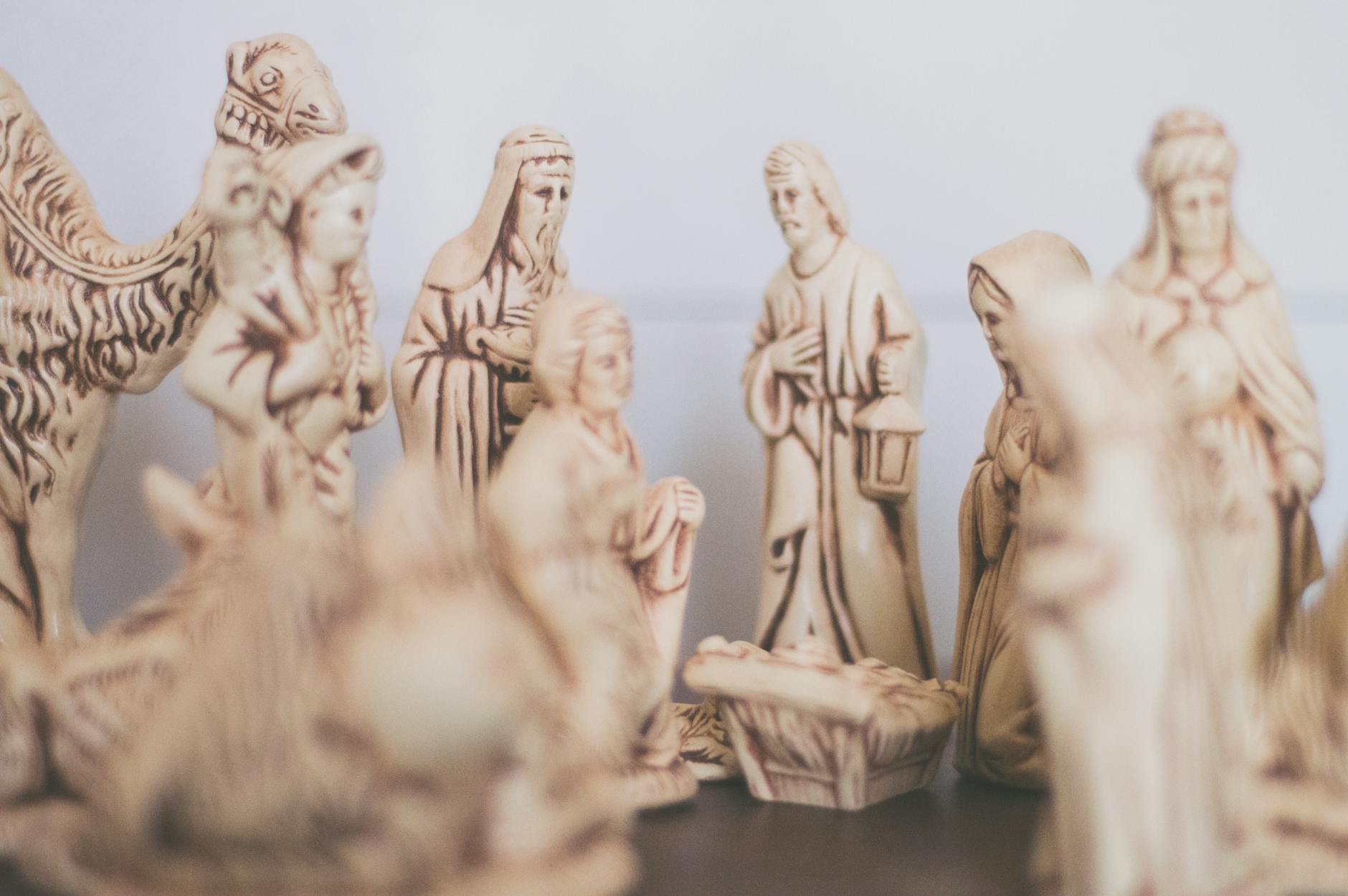The past few years have shown an impressive renaissance of psychedelic culture, prompting renewed interest in understanding its colorful roots and influence in the modern sphere. This resurgence casts light upon one of its most mesmerizing aspects, psychedelic art, renowned for its vibrant, abstract, and surreal visuals that aspire to depict and articulate the elusive psychedelic experience.
While the term “psychedelic” might evoke images of the 1960s counterculture, the artistic expression of the psychedelic experience precedes this era. As early as 40,000 years ago, prehistoric humans were creating cave art influenced by altered states of consciousness, likely induced by substances naturally occurring in their environment. While we can only speculate, some scholars argue that motifs like fractals, distorted human forms, and animal-human hybrids in cave arts hint towards possibly induced visionary experiences.
The evolution of this visual language took a significant leap in the mid-20th century with the accidental discovery of LSD by Albert Hofmann in 1943 and the western world’s subsequent exploration of ‘magic mushrooms’. These substances, notorious for their ability to drastically alter perception and consciousness, received significant interest from artists and broader cultural spheres.
Looking especially to the 1960s, we see how the cultural wave of the counterculture, combined with an increasing recreational use of psychedelics, led to an explosion of psychedelic art. Enthusiasts began to experiment and depict their psychedelic experiences heavily characterized by trippy, swirling patterns, vibrant colors, and an abstract style. Art began to serve as the communication medium towards a shared understanding of these newfound, ineffable experiences.
This period was also the birth of psychedelic poster art, a cornerstone of the movement. Artists like Victor Moscoso, Rick Griffin, and Wes Wilson designed enchanting concert posters. They flooded the senses with their richly colored, intricate, surreal designs, reflecting the music, light-shows, and general psychedelic ethos of the artists they represented.
In the following years, psychedelic aesthetics found a comfortable home in album cover art, comics, and animation, expanding further into the world of fashion and design. The aesthetic was no longer limited to an ‘out-there’ subculture; it was now a global phenomenon.
Entering into the 21st century, the advent of digital technology has facilitated psychedelic art into novel dimensions. Modern artists like Android Jones and Amanda Sage blend traditional and digital techniques to explore and reinterpret the psychedelic experience in novel ways. Today’s psychedelic art seeks to create immersive, interactive experiences, often through the collaboration of artists, programmers, and engineers applying cutting-edge technologies like virtual reality and augmented reality.
Thus, from a historical perspective, it is clear that psychedelic art has evolved from the initial rudimentary visual expressions in cave art to increasingly complex, multi-media involvements: shifting from stone canvas to complex digital platforms. This evolution speaks volumes about humanity’s enduring quest to grasp, map, and communicate the profound mystery encapsulated under ‘altered states of consciousness’.
Meanwhile, modern science has brought a new era of psychedelic research, cutting through the previously predominant moral panic and reviving serious scientific study into LSD, psilocybin (the psychoactive compound in magic mushrooms), and other psychedelics. Art and science are finally coming together to encapsulate and bring forth an expanded understanding of the human perception and consciousness.
In conclusion, the evolution of psychedelic art is not just a story of vibrant, abstract, and trippy visuals but is an ongoing quest for understanding and sharing one of the most profound aspects of human existence: the psychedelic experience. Whether viewed as a simple counterculture movement or an essential form of self-expression, psychedelic art continues to evolve, teaching us about human perception, consciousness, and our innate desire to explore and share the edges of our understanding.
Sources:
– The Conversation
– National Library of Medicine
– Live Science
– Springer Link








